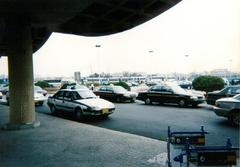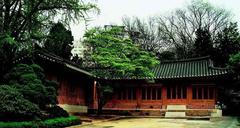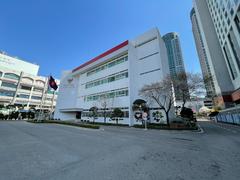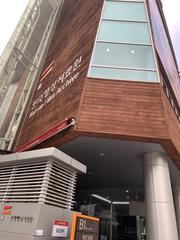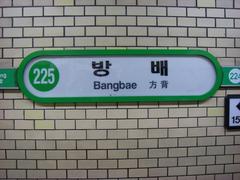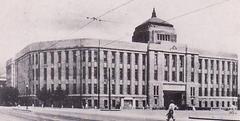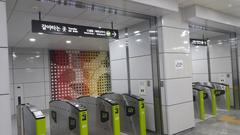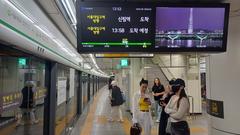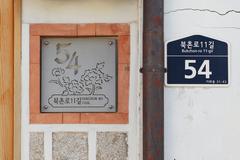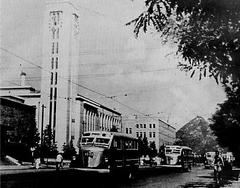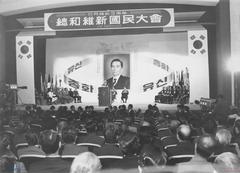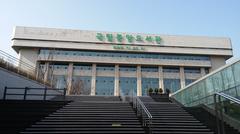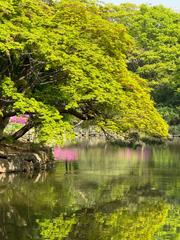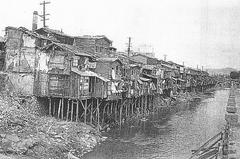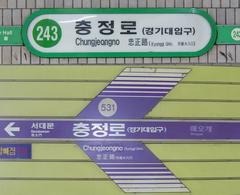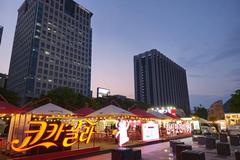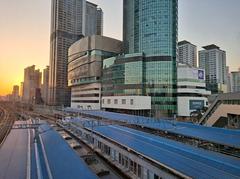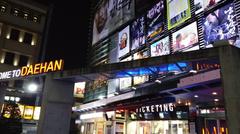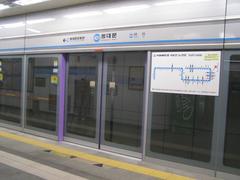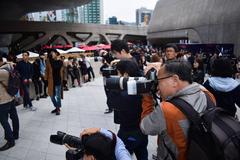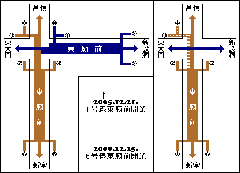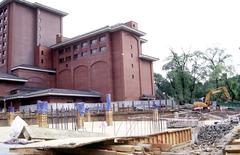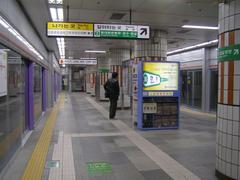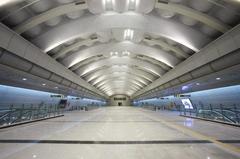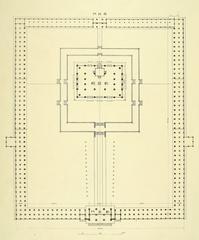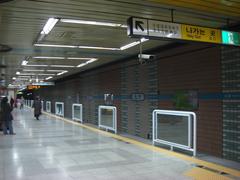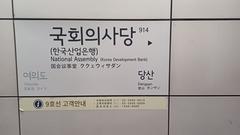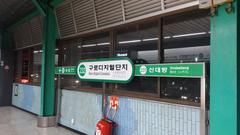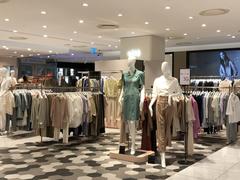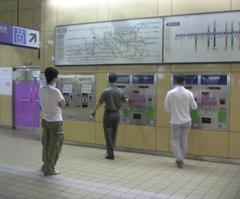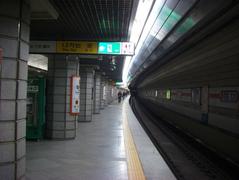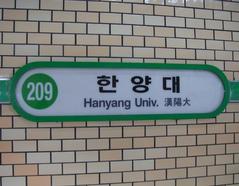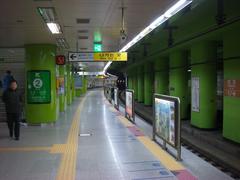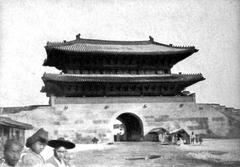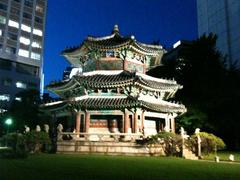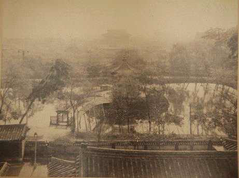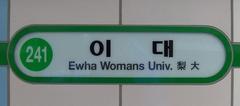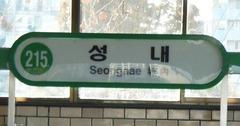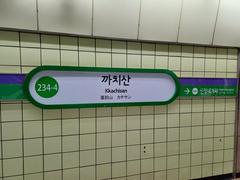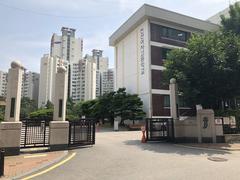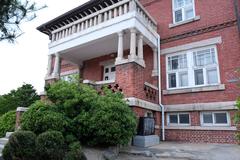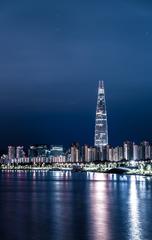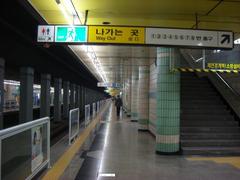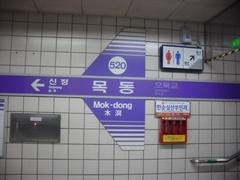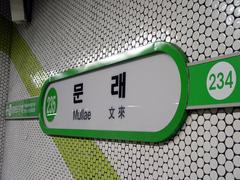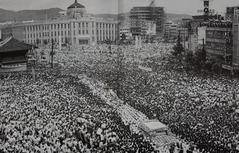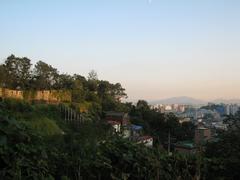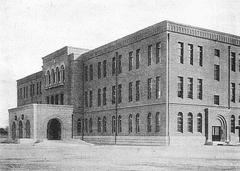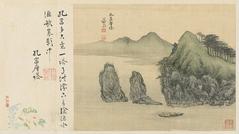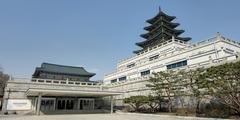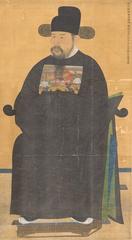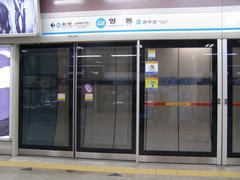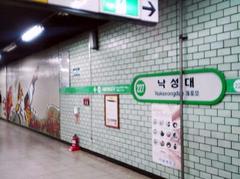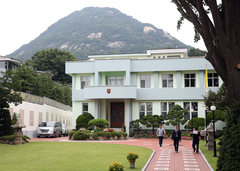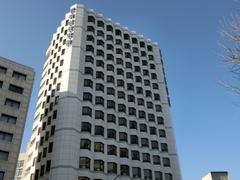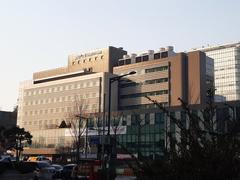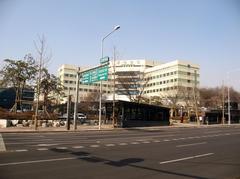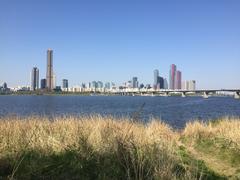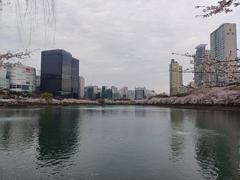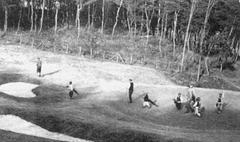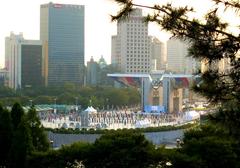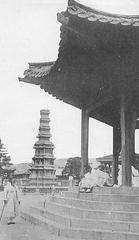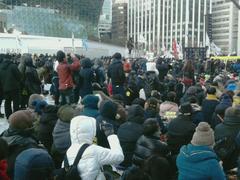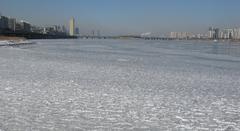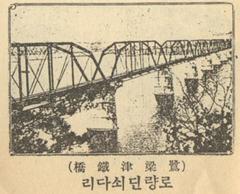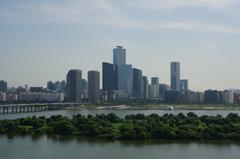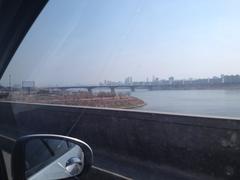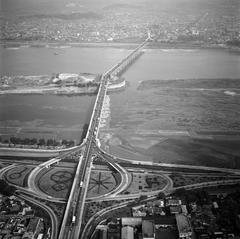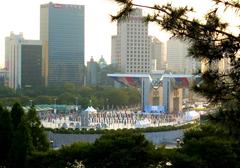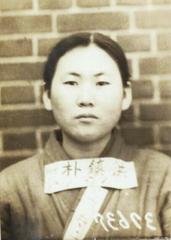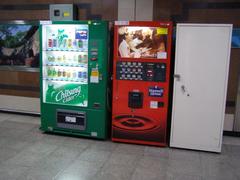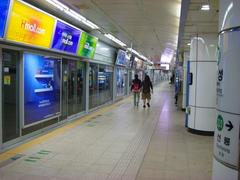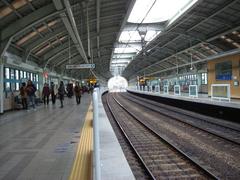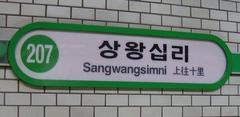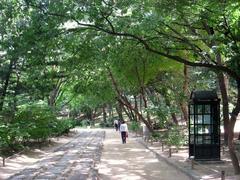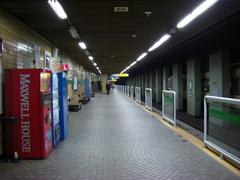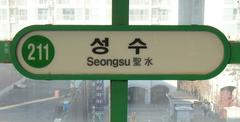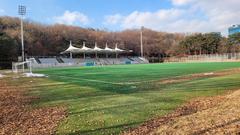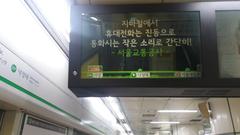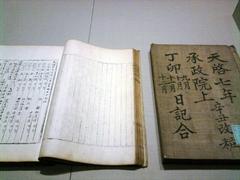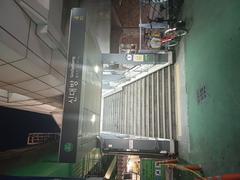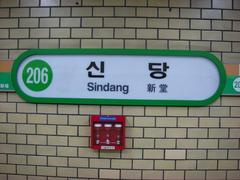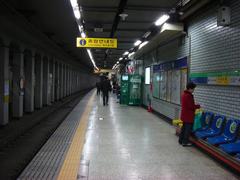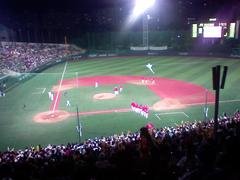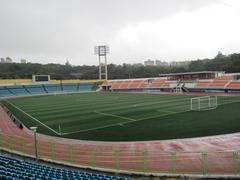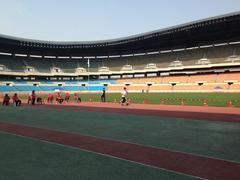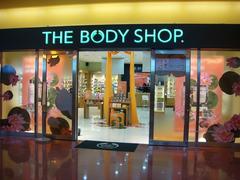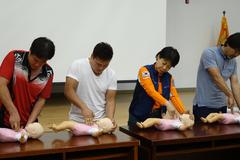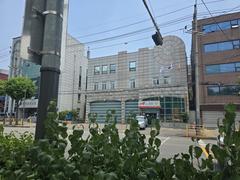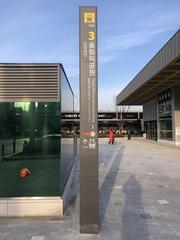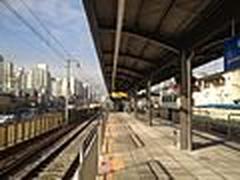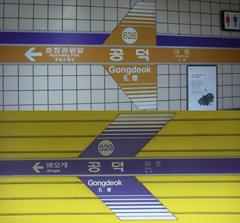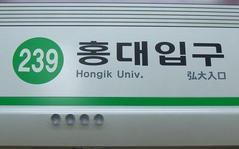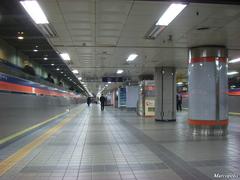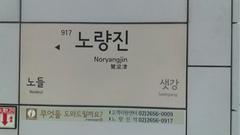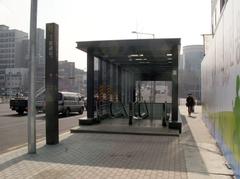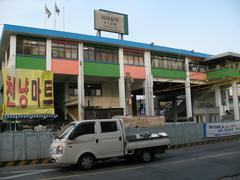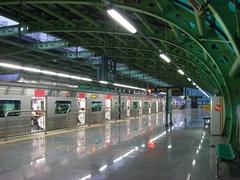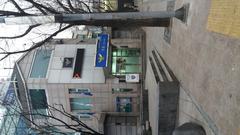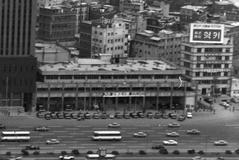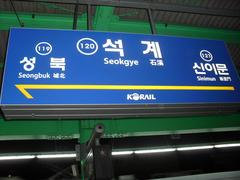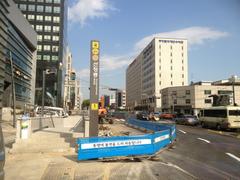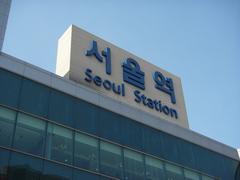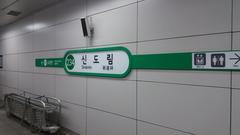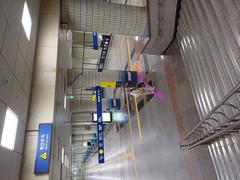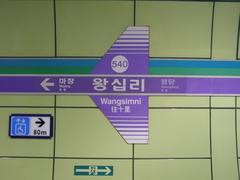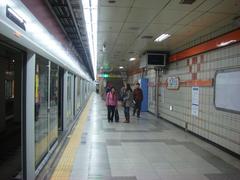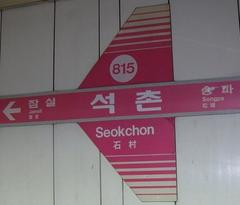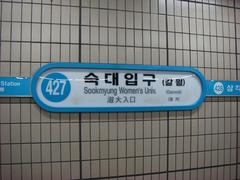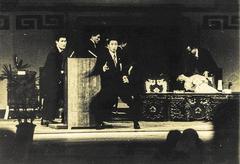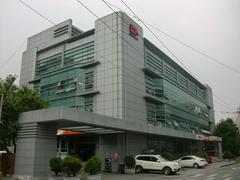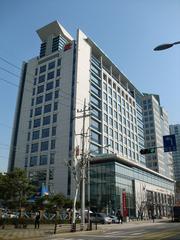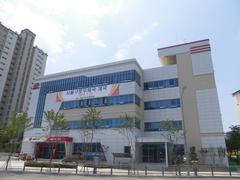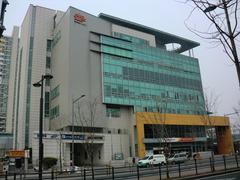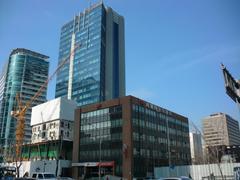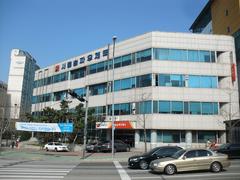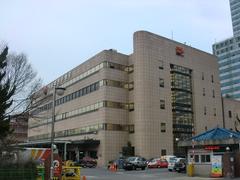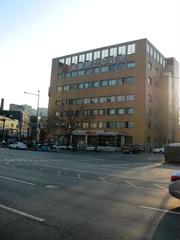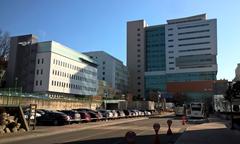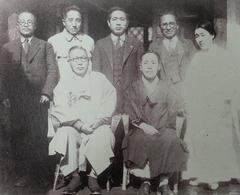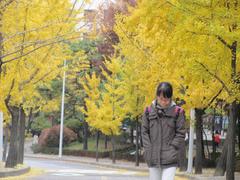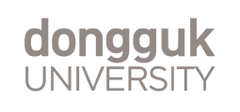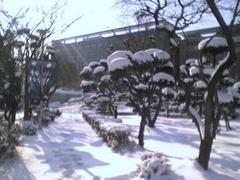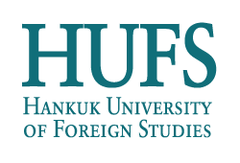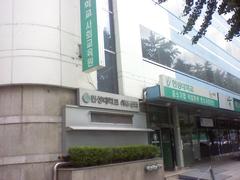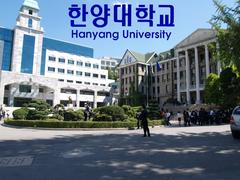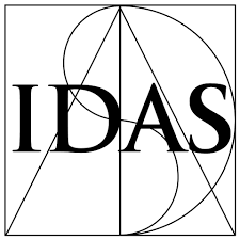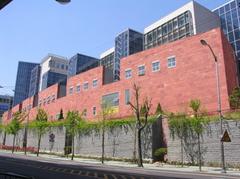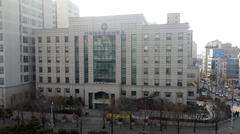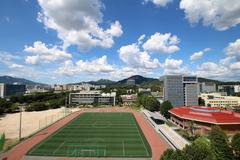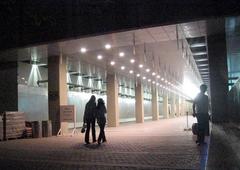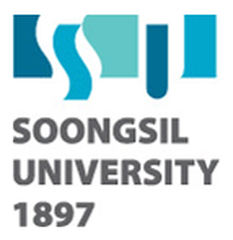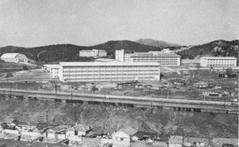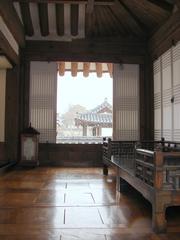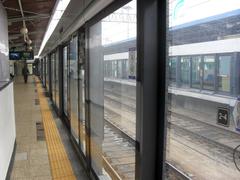Comprehensive Guide to Visiting 경복궁 (Gyeongbokgung Palace), Seoul, South Korea
Date: 17/07/2024
Introduction
경복궁 (Gyeongbokgung Palace), located in the heart of Seoul, South Korea, is a historical and cultural gem that offers a glimpse into the rich heritage of the Joseon Dynasty. Constructed in 1395, just three years after the foundation of the dynasty by King Taejo, the palace has been a significant figure in Korean history. Its name, translating to “Palace Greatly Blessed by Heaven,” signifies its intended grandeur and importance. Over many centuries, 경복궁 has witnessed monumental historical events, making it a focal point of Korean cultural identity.
Today, 경복궁 Palace is not only a symbol of historical and cultural significance but also a major tourist attraction. This comprehensive guide aims to provide all the necessary information for exploring this majestic palace, from its historical background and architectural marvels to practical visitor tips, ensuring an unforgettable experience.
Table of Contents
- Introduction
- Origins and Early History
- Architectural Significance
- Destruction and Reconstruction
- Japanese Occupation and Further Destruction
- Modern Restoration Efforts
- Cultural and Historical Significance
- Key Structures and Their Historical Roles
- Preservation and UNESCO Recognition
- Visitor Experience
- Visitor Information
- Nearby Attractions
- FAQ
- Conclusion
Origins and Early History
경복궁 Palace, often referred to as the “Northern Palace” due to its location relative to the other main palaces of Seoul, was constructed in 1395, three years after the Joseon Dynasty was founded by King Taejo. The name “경복궁” translates to “Palace Greatly Blessed by Heaven,” reflecting the aspirations of the new dynasty. The palace served as the main royal residence and the heart of the Joseon Dynasty’s governance.
Architectural Significance
The original construction of 경복궁 was a monumental task, involving thousands of workers and artisans. The palace complex was designed following the principles of geomancy, or “pungsu-jiri,” which is similar to the Chinese practice of feng shui. The site was chosen for its auspicious location, nestled between Mount Bugaksan to the north and Mount Namsan to the south. The palace’s layout was meticulously planned to reflect Confucian ideals, with the main throne hall, Geunjeongjeon, positioned at the center, symbolizing the central authority of the king.
Destruction and Reconstruction
경복궁 Palace has faced numerous challenges throughout its history. During the Japanese invasions of Korea (1592-1598), also known as the Imjin War, the palace was severely damaged and left in ruins. It wasn’t until 1867, under the regency of Heungseon Daewongun, that the palace was fully reconstructed. This massive restoration project took seven years and involved the rebuilding of over 7,700 rooms across 330 buildings.
Japanese Occupation and Further Destruction
The early 20th century brought another period of turmoil for 경복궁. During the Japanese occupation of Korea (1910-1945), the palace was once again targeted. The Japanese government demolished many of the palace buildings to make way for the construction of the Government-General Building, a symbol of colonial rule. By the end of the occupation, only a fraction of the original structures remained.
Modern Restoration Efforts
Following Korea’s liberation in 1945, efforts to restore 경복궁 Palace began in earnest. The South Korean government initiated a series of restoration projects aimed at returning the palace to its former glory. One of the most significant milestones in this ongoing process was the removal of the Government-General Building in 1996, which allowed for the reconstruction of key palace structures, including the main gate, Gwanghwamun.
Cultural and Historical Significance
경복궁 Palace is not only an architectural marvel but also a symbol of Korean resilience and cultural identity. The palace has been the backdrop for numerous historical events, including royal ceremonies, state affairs, and even tragic incidents such as the assassination of Empress Myeongseong in 1895. Today, 경복궁 serves as a cultural and educational hub, offering visitors a glimpse into Korea’s rich history and heritage.
Key Structures and Their Historical Roles
Geunjeongjeon (근정전)
Geunjeongjeon, the main throne hall, is one of the most iconic structures within 경복궁. It was here that the king conducted state affairs, held court sessions, and received foreign envoys. The hall’s name means “Hall of Diligent Governance,” reflecting the king’s duty to rule with diligence and integrity. The building’s architecture is a testament to the grandeur of the Joseon Dynasty, featuring intricate wooden carvings and a double-tiered roof.
Gyeonghoeru Pavilion (경회루)
Gyeonghoeru Pavilion, situated on an artificial island within a large pond, was used for royal banquets and special occasions. The pavilion’s name means “Pavilion of Joyous Meeting,” symbolizing the hope for harmonious gatherings. The structure is supported by 48 stone pillars, each adorned with dragon carvings, and offers stunning views of the surrounding gardens and mountains.
Hyangwonjeong Pavilion (향원정)
Hyangwonjeong Pavilion, located in the northern part of the palace grounds, is another notable structure. Built in 1873, the pavilion’s name translates to “Pavilion of Far-Reaching Fragrance,” inspired by the surrounding lotus pond. The pavilion served as a place of relaxation and contemplation for the royal family.
Preservation and UNESCO Recognition
In recognition of its historical and cultural significance, 경복궁 Palace has been designated as a Historic Site by the South Korean government. The palace is also part of the “Five Grand Palaces” of Seoul, which collectively represent the pinnacle of Joseon Dynasty architecture and urban planning. Efforts to preserve and restore 경복궁 continue to this day, ensuring that future generations can appreciate its historical legacy.
Visitor Experience
Guided Tours
Visitors can join guided tours to gain insights into the rich history and architecture of 경복궁 Palace. These tours are available in multiple languages and offer a detailed exploration of the palace grounds.
Traditional Performances
경복궁 Palace hosts traditional Korean performances, including music, dance, and reenactments of historical events. These performances provide a vibrant and immersive cultural experience.
Changing of the Guard Ceremony
One of the highlights of visiting 경복궁 is witnessing the changing of the guard ceremony at Gwanghwamun Gate. This colorful and meticulously choreographed event takes place several times a day and offers a glimpse into Korea’s royal traditions.
Visitor Information
경복궁 Visiting Hours
- March to October: 9:00 AM - 6:00 PM
- November to February: 9:00 AM - 5:00 PM
- Closed on Tuesdays
경복궁 Tickets
- Adults (ages 19-64): 3,000 KRW
- Children (ages 7-18): 1,500 KRW
- Free entry for children under 6 and seniors over 65
Travel Tips
- Best Time to Visit: Spring and autumn are ideal for pleasant weather and vibrant foliage.
- Dress Code and Etiquette: Visitors are encouraged to dress modestly out of respect for the cultural and historical significance of the site. Traditional Korean hanbok attire can be rented from nearby shops, and those wearing hanbok can enter the palace for free. Comfortable walking shoes are recommended.
- Photography: Photography is allowed in most areas of the palace, but the use of tripods and drones is prohibited. Some indoor exhibits may have restrictions on flash photography.
Accessibility
경복궁 Palace is wheelchair accessible, with ramps and elevators available at key locations. Wheelchair rentals are also offered on-site.
Nearby Attractions
Bukchon Hanok Village
A short walk from 경복궁, this traditional Korean village offers a glimpse into the past with its well-preserved hanok houses.
Insadong
Known for its vibrant arts scene and traditional tea houses, Insadong is a great place to experience Korean culture and shop for souvenirs.
Changdeokgung Palace
Another of Seoul’s grand palaces, Changdeokgung is renowned for its beautiful Secret Garden and is a UNESCO World Heritage site.
FAQ
Q: What are the 경복궁 visiting hours? A: The palace is open from 9:00 AM to 6:00 PM from March to October, and from 9:00 AM to 5:00 PM from November to February. The palace is closed on Tuesdays.
Q: How much do 경복궁 tickets cost? A: The admission fee is 3,000 KRW for adults and 1,500 KRW for children. Combination tickets that include other palaces are also available.
Q: Are there guided tours available? A: Yes, free guided tours are available in English, Chinese, and Japanese. The English tours are conducted at 11:00 AM, 1:30 PM, and 3:30 PM.
Q: Is 경복궁 accessible for visitors with disabilities? A: The palace is wheelchair accessible, with ramps and elevators available at key locations. Wheelchairs can be borrowed free of charge at the information center.
Conclusion
경복궁 Palace stands as a testament to Korea’s rich history and resilience. From its grand architecture and historical significance to its ongoing restoration efforts, the palace offers a captivating journey through time. Whether you’re exploring the intricately designed Geunjeongjeon Hall, enjoying a traditional performance, or simply soaking in the serene beauty of the palace grounds, 경복궁 is an experience not to be missed.
For more information on visiting 경복궁 Palace, including opening hours and ticket prices, please visit the official website.

